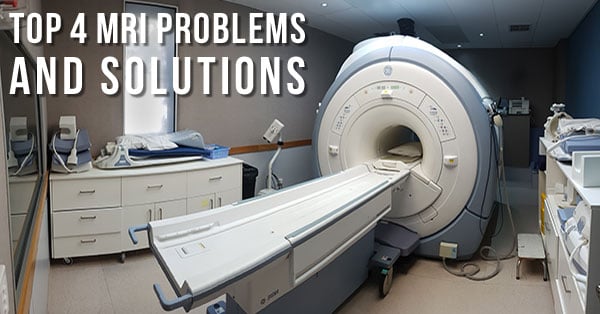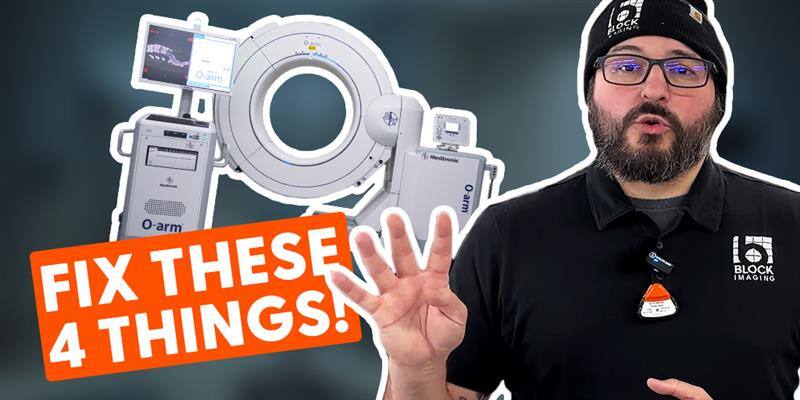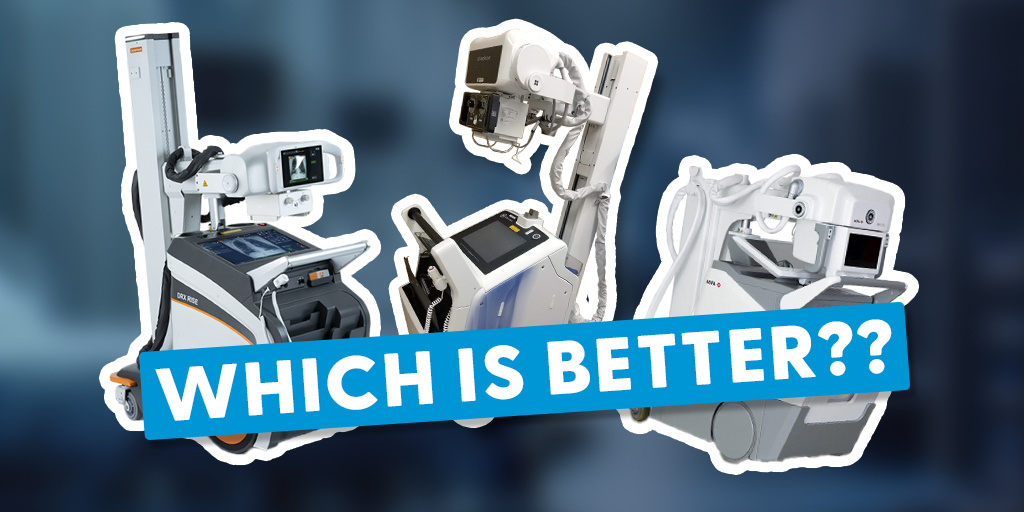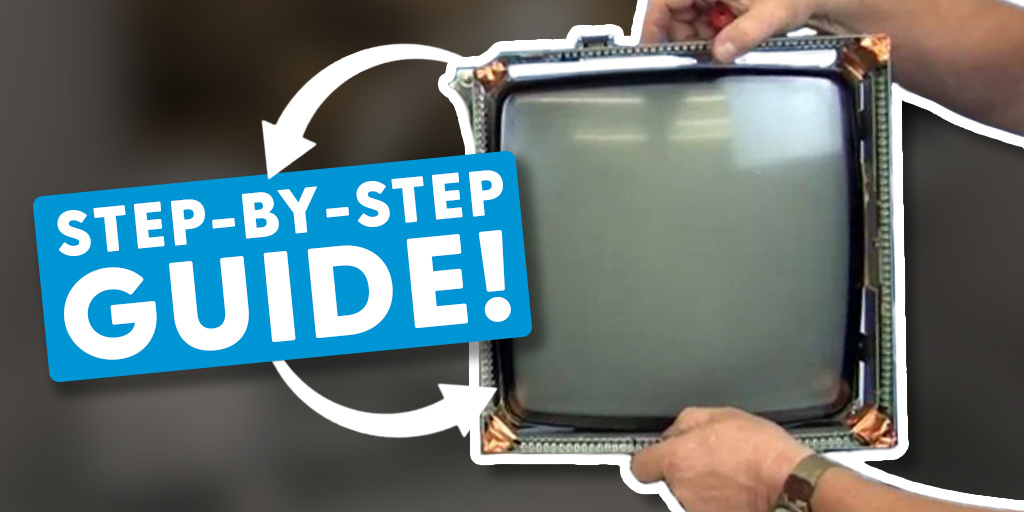
July 12, 2019 : 3 min read
Top Four MRI Scanner Service Problems and Solutions
Perhaps you know what it's like when your MRI scanner is experiencing downtime; Your manager is foaming at the mouth, a line of grumpy patients is waiting at the front desk to reschedule, and that little vein that runs up the middle of your forehead is bulging like a bratwurst on the barbecue.
What can you do? Is all really lost?
Not at all! Some of the most common MRI-related problems are relatively simple to fix. So, take a deep breath (c’mon, deeper than that!) and let us blow away the MRI service blues with a knowledge bomb.
Below you’ll find four MRI service problems that have been reported to our Service Department time and again and ways to take care of them in as little time as possible.
Experiencing one of these problems right now? Click here to request MRI machine service.
Solutions for 4 Common MRI Problems
PROBLEM: MRI helium level is low
If your MRI is giving alerts about your helium level, one of two things has happened: no one at your site has kept up on monitoring it, or there’s been a serious failure in your cooling system and helium is burning off at an accelerated rate to keep up with the needs of your magnet.
Solution: Schedule a fill immediately
There’s no need to panic here, but some urgency may be necessary. The rate of helium burn-off increases as the amount of helium in the system decreases. Ideally, you should begin to plan a refill when the helium percentage is in the 60s and have one firmly scheduled within a week or so of the mid-50s. You’ll need to act today if your percentage is as low as the 40s!
Prevention: Remote diagnostics or regular monitoring
Some service providers (Block Imaging among them) can install a remote diagnostic unit on your MRI scanner that monitors its helium level and notify you when it is dropping. These devices can help monitor other aspects of your system as well and offer a safety net against emerging equipment issues.
You can also delegate someone at your site to monitor your helium level at LEAST once weekly. Don’t wait for the low 50s to schedule your next refill. Remember that most MRI service contracts won’t cover a magnet quench due to negligence.
PROBLEM: Power Outages
We frequently receive reports of “glitches”, system shut downs, and boot-up issues after a service area experiences a great deal of storm activity. The common complaint: “My MRI is down and won’t come up!”
Solution: Check your breakers
Problems after storms can often be resolved by resetting the breakers for the section of the building that houses your MRI. From there, it may be necessary to fully reset your system, but we’ve seen this work plenty of times.
Prevention: Sorry!
Weather–related problems are as unpredictable as... well… the weather.
PROBLEM: Image artifacts
Image artifacts (lines, graininess, etc.) are more often related to wear and tear or damage to the coils being used with the MRI than to components of the MRI itself.
Solution: Ship your MRI coils out for off-site repairs
MRI coils are relatively easy to repair and turnaround time on this type of repair is very low. Some repair providers also offer loaner coils that will keep you scanning even while your coil is in their shop for repair.
Prevention: Periodic inspections
Inspect the condition of your MRI coils periodically. Talk to your service provider about having a field engineer do the same during your regularly scheduled preventative maintenance. If you catch a potential problem before it gets bad enough to effect diagnostic imaging quality, perhaps an MRI coil repair can be scheduled around a time of lower patient activity.
PROBLEM: Heat exchanger temperature errors
If the water pumping through your system is not cool enough, your MRI will lock-up and disallow scanning until the temperature can be brought back down to specified levels.
Solution: Know who to call
The first thing you’ll want to do is find out who you should contact for help. Start with the heat exchanger. Check to see if its LCD display is lit. Many models also have breakers on them. Is the breaker set? Feel the incoming water line. It should feel roughly the same temperature as a soda from your refrigerator.
If your heat exchanger’s LCD is not lit and tripping the breaker has no effect, the problem is likely in that component and you should contact your MRI service group. If the water being fed into your heat exchanger is too warm, the problem is more likely originating in your chiller. In that case, you should contact the HVAC vendor that services your chiller.
Prevention: Regular check-ups for the MRI and the Chiller
MRI service contracts commonly include preventative maintenance on a quarterly basis. Since the MRI works in conjunction with the chiller, it only makes sense that the chiller should receive periodic maintenance as well (TIP: schedule them on the same day if you can). All too often sites wait to have their chiller looked at until AFTER it causes them a problem with their MRI. Don’t wait!
The Takeaway
So your MRI had a problem; it’s not the end of the world. If your problem was one of those listed above, we hope we’ve been helpful. If something else is the matter, we’d like to help with that too- be it service, parts, or even supplying you with a full MRI system from our inventory. Contact us with your questions! If you don’t have a service provider for your MRI already, talk to us about quoting coverage for your equipment.

Nicole Tervo
Nicole Tervo is a Service Coordinator Team Lead at Block Imaging. She considers it her privilege to build lasting industry partnerships through outstanding service. Out of the office, Nicole can be found hunting fishing, skiing, and supporting Detroit sports.






